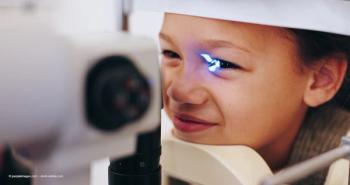
Role of AI, global collaboration in ophthalmology's future
Duke professor Sharon Fekrat, MD, discusses AI-driven ophthalmology with smartphone diagnostics and robotic procedures, emphasizing global collaboration and innovative medical research.
Sharon Fekrat, MD, a professor of ophthalmology and neurology at Duke University School of Medicine, highlights the critical importance of networking and collaboration in the medical field, particularly in ophthalmology.
She emphasizes that international meetings are far more than just formal lectures and panels, serving as crucial platforms for building global connections and sparking innovative ideas.
Many collaborations and projects evolve from informal interactions at these meetings. Fekrat said, "One example is a multicenter retrospective study on endogenous endophthalmitis that now has 8 centers across the United States. We are planning to incorporate international sites into this study group. Since etiologic organisms vary in different geographic locations, collecting such data is really important and can add to our understanding of endogenous endophthalmitis."
Fekrat specifically acknowledges Peter Weng, a Duke Medical Student soon to be an ophthalmology resident at the Wilmer Eye Institute, for his pivotal role in this research.
"The future of ophthalmology is bright. So many in ophthalmology, including faculty, trainees, and industry, are very forward thinking, innovative, and entrepreneurial. Five years ago, we would have not been able to predict where we are today," she said.
Fekrat predicts a significant role for artificial intelligence in medical diagnostics and treatment.
"Going forward, AI is going to be a larger part of our workflow. I envision that patients will take retinal images with their smartphone that will be sent to the cloud, a diagnosis will be provided, and then they'll be told where to go to have a procedure by a robot," she concluded.
Newsletter
Keep your retina practice on the forefront—subscribe for expert analysis and emerging trends in retinal disease management.

















































